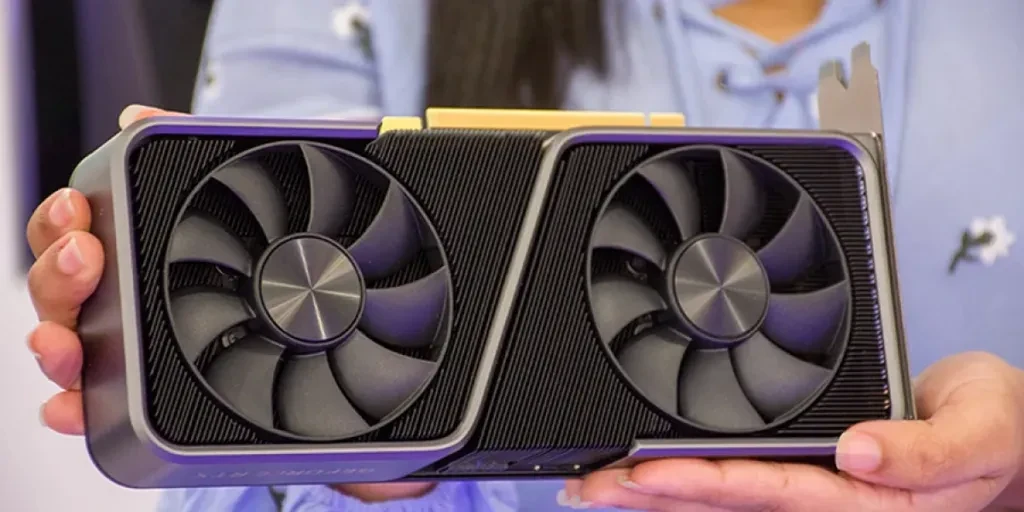Cleaning has always been the one chore that most people hate, but it is necessary. So, it makes sense that manufacturers are always looking for ways to make the process less of a “chore.” That’s one of the core ideas behind the invention of the electric spin scrubber.
Since most people don’t wake up excited to scrub tile grout or stretch across the tub to attack soap scum, electric spin scrubbers can do most of the hard work instead. It’s a smarter and more convenient way to clean, opening opportunities for retailers to target this demographic.
However, while retailers must consider many factors before stocking this gadget, one major thing they’ll have to figure out is choosing between corded and cordless electric spin scrubbers. This article will explore the key differences businesses should understand when stocking electric spin scrubbers in 2025.
Table of Contents
A quick look at the electric spin scrubber market
What are corded and cordless electric spin scrubbers?
Corded vs. cordless electric spin scrubbers: What are the differences?
1. Power and performance
2. Mobility and convenience
3. Battery life and duration of use
4. Setup and storage
5. Size
Bottom line
A quick look at the electric spin scrubber market
Electric spin scrubbers are gaining serious attention in 2025. According to Dataintelo, the global electric spin scrubber reached US$ 1.2 billion in 2023 and is set to hit US$ 2.5 billion by 2032, growing at a strong 8.5% compound annual growth rate (CAGR). Here’s what’s driving demand:
- More seniors and people with mobility issues want tools that make cleaning less physically demanding.
- Homes are getting bigger, which means more tiles, glass, tubs, and grout—all of which are tough to clean by hand.
- Consumers are tired of scrubbing with harsh chemicals, so they choose an easier option, like electric spin scrubbers.
- Social media is also pushing many towards electric spin scrubbers, thanks to influencers creating cleaning hack videos and reviews.
What are corded and cordless electric spin scrubbers?
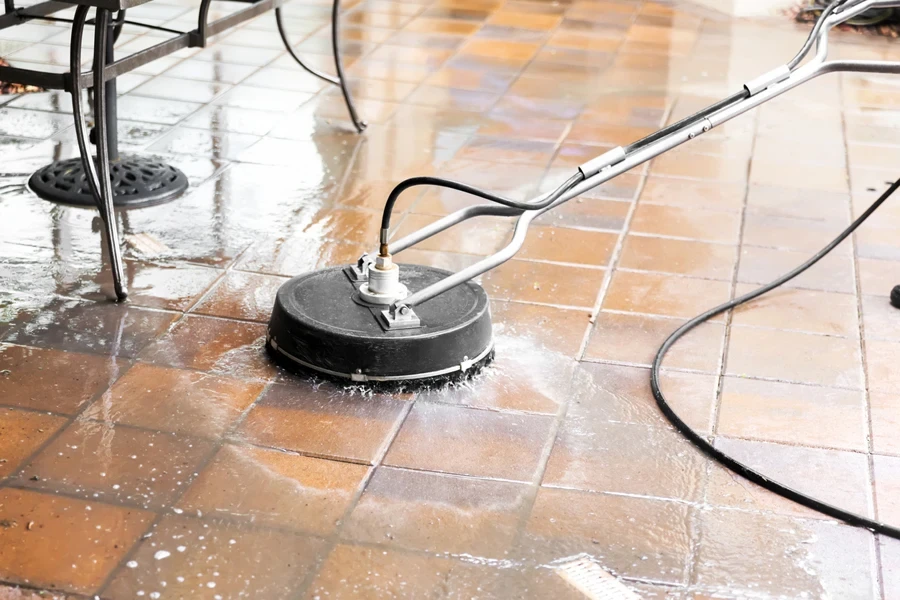
Corded spin scrubbers are the classic option. They plug directly into a wall outlet, giving users a steady stream of power for long, uninterrupted cleaning sessions. Because they don’t rely on a battery, they’re great for deep cleaning and heavy-duty scrubbing (especially in larger spaces like tiled bathrooms or patios).
On the other hand, cordless spin scrubbers are all about flexibility and ease. They run on rechargeable batteries and are typically lighter and easier to handle. This makes them perfect for quick cleanups, hard-to-reach corners, or anyone who doesn’t want cord hassles while cleaning.
Corded vs. cordless electric spin scrubbers: What are the differences?
1. Power and performance
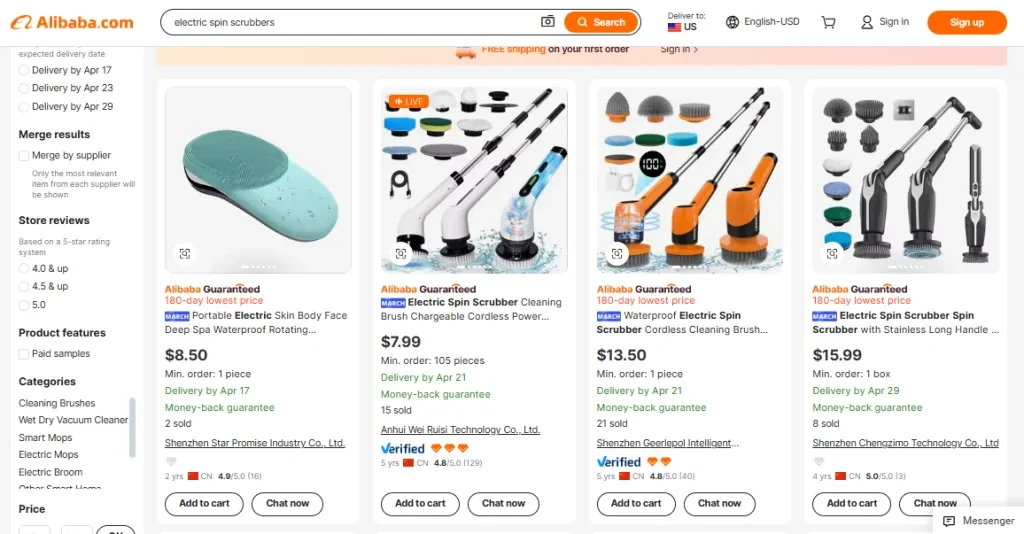
Consumers who want consistent power usually choose corded spin scrubbers. Since they plug directly into an outlet, they deliver steady, full-strength scrubbing from start to finish. That makes them perfect for tough messes without the risk of a power shortage mid-clean (unless the power suddenly goes out).
Cordless scrubbers, meanwhile, run on rechargeable lithium-ion (Li-ion) batteries. While these batteries are lightweight and efficient, their power output depends on battery capacity (mAh) and gradually decreases as the charge runs low.
2. Mobility and convenience
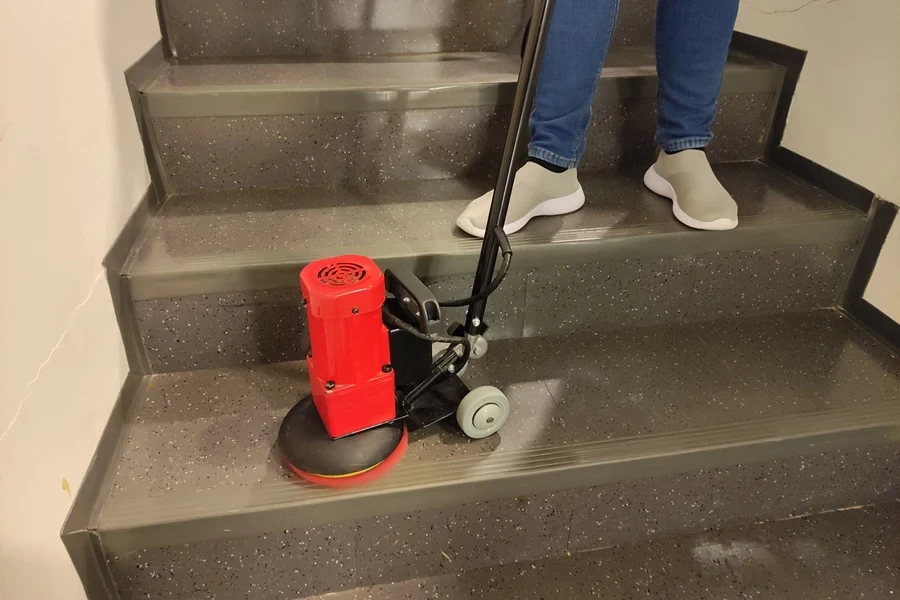
Corded and cordless scrubbers are very different when moving around while cleaning. Corded scrubbers keep users tethered to an outlet, though their cords are usually long enough (around 4 to 10 feet) to cover a large area; however, when consumers clean a bigger space, their cord length or an area without outlets will be limited unless they buy extension cords, which leads to messy areas and tripping risks.
On the other hand, cordless scrubbers offer total freedom with zero cords and restrictions. This means consumers can move from room to room, reach tight spots, and even take them outside for patios and outdoor furniture. They won’t need to switch outlets or wrestle with extension cords—only battery life.
3. Battery life and duration of use
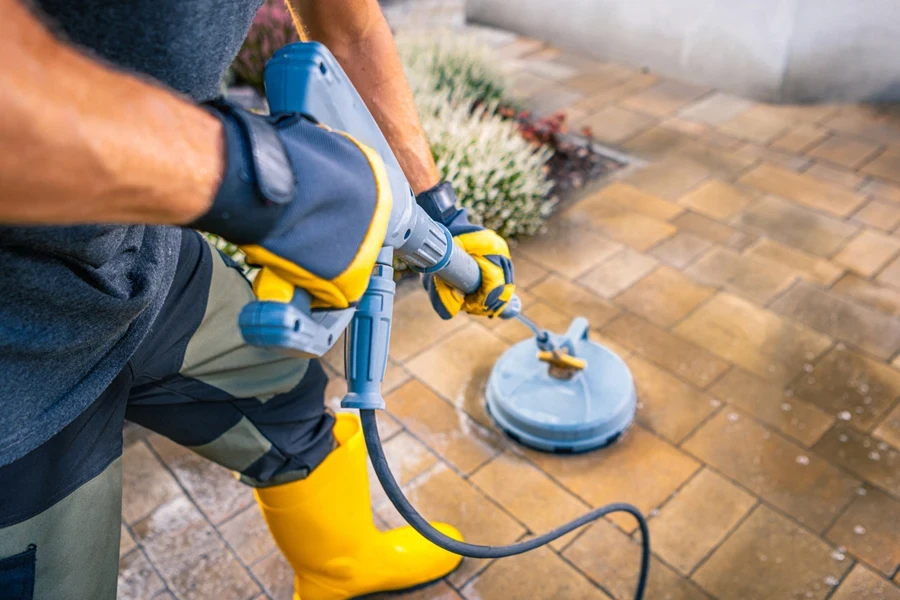
With corded scrubbers, consumers never have to worry about running out of power. As long as the scrubber is plugged in, it’ll keep tackling an all-day deep clean or scrubbing every tile in the house. There are no breaks, no recharging, just consistent, uninterrupted cleaning.
However, battery life is a big concern for cordless electric scrubbers. Consumers will want something that can handle their cleaning requirements without dying. While some models use removable batteries, switching still causes some pause—which may be more than enough to spoil the flow. Here’s a general look at the battery life for different cleaning capacities.
| Battery Type | Average Runtime | Charging Time |
| Small Li-ion Battery (2000 mAH) | 30-45 minutes | 2-3 hours |
| Mid-size Li-ion Battery (3000 mAH) | 60-75 minutes | 3-4 hours |
| Large Li-ion Battery (4000+ mAH) | 90+ minutes | 4-5 hours |
4. Setup and storage
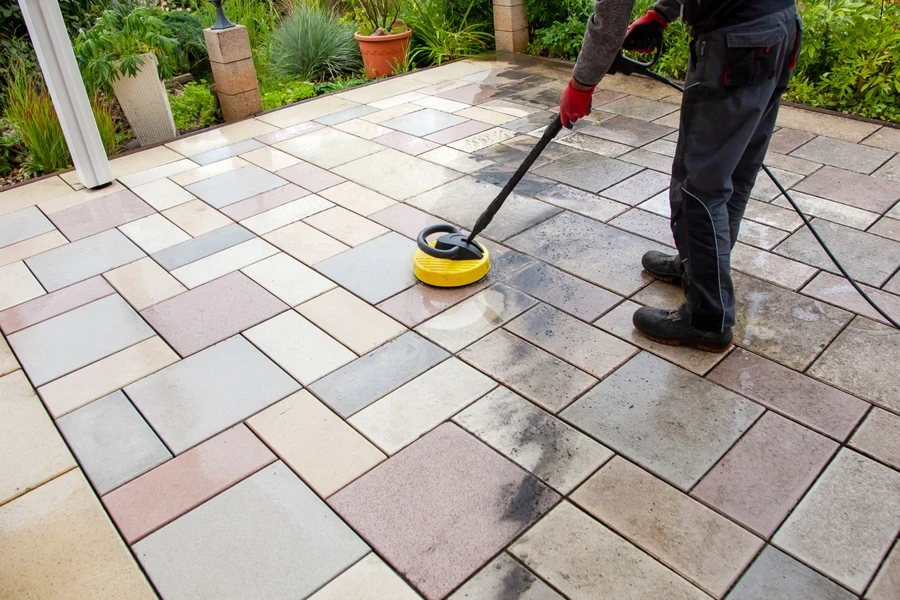
Setting up a corded spin scrubber requires being near an electrical outlet, and consumers may need to deal with extension cords for added reach. After use, managing the cord can be a hassle since consumers must wrap it carefully or secure it to prevent tangling or damage. And if they can’t organize the cords, they will consume more storage space.
Cordless electric scrubbers are much simpler to store. Cordless models are typically more compact and easier to store, with no cords to manage. Depending on size, consumers may need to charge them with a USB cord (most likely type-C) or their charging docks. But after charging, they can easily tuck them away in a cabinet, closet, or laundry room to save space.
5. Size
Corded and cordless electric spin scrubbers have major size differences, usually due to design, power source, and mobility. For example, corded electric spin scrubbers often have larger motor housings that are bulkier because of the need for constant power.
They also have long handles or cords to give users more reach while staying plugged in. Corded electric spin scrubbers are usually heavier because they have bigger components without worrying about battery weight. All these design elements also mean corded electric spin scrubbers are less compact and won’t fit in small storage spaces.
On the other hand, cordless electric spin scrubbers are typically smaller and more lightweight to make them more maneuverable. Manufacturers also design them to be ergonomic and portable for consumers to use quickly.
Although the built-in battery means the handle has a sleeker design, it can add some bulk. Nevertheless, cordless electric spin scrubbers are usually compact (though larger versions exist), making them perfect for handheld use.
Bottom line
After comparing corded and cordless electric spin scrubbers, it’s safe to say that both models undoubtedly have impressive features that appeal to different market segments. Based on data from Dataintelo, cordless spin scrubbers are seeing more demand, thanks to better battery technology.
That said, corded models still have a place, especially for commercial buyers where battery life is a problem. The smart move here is to prioritize cordless models to meet mainstream demand but keep corded options in stock for those who need nonstop power.


